This revolutionary discovery not only identified the function of cannabinoids within our system, but also revealed a sophisticated physiological system that helps the body to maintain homeostasis.
WHAT CREATES THE ENDOCANNABINOID SYSTEM?
Scientists have been able to identify the three key components that make up the endocannabinoid system: endocannabinoids, cannabinoid receptors, and enzymes.
Endocannabinoids are synthesised in the body and act as signalling molecules by binding to ECS receptors. “Endo” means “internal,” and “cannabinoid” means any molecule that activates these receptors. The two primary endocannabinoids in the body are anandamide and AG.
The endocannabinoid system contains two main types of receptors: CB1 and CB2. These binding sites appear in many cells throughout the body. Various cannabinoids bind to, block, or modulate the activity of these receptors. These include endocannabinoids as well as phytocannabinoids found in plants and synthetic cannabinoids produced in the laboratory. The researchers believe that TRPV1 (Transient Receptor Potential Vanilloid Type 1) is also part of the network because it serves as a binding site for CBD, THC, and anandamide.
Enzymes are proteins that catalyse chemical reactions. The endocannabinoid system contains enzymes that both build and break down endocannabinoids. The fatty acid amidohydrolase (FAAH) is one of the primary enzymes in the system that is capable of breaking down the endocannabinoid known as anandamide.
CANNABINOID RECEPTORS: WHERE TO FIND THEM AND WHAT THEY ARE
Cannabinoid receptors play an essential role in the functioning of the endocannabinoid system. They help to transmit endocannabinoid messages from cell to cell and from the outside to the inside of the cell. Learn more about their location and roles below.
WHERE ARE CB1 AND CB2 RECEPTORS LOCATED?
CB1 receptors are largely found in the central nervous system, although they also appear in many other areas. So far, research has identified CB1 receptors in the following areas:
· Brain
· Spinal cord
· Adipocytes (fat cells)
· Liver
· Pancreas
· Skeletal muscles
· Digestive system
· Reproductive system
The less studied CB2 receptors appear in much smaller numbers throughout the body. These sites are found primarily in the immune system, but also appear in lower concentrations in other important areas of the body. The researchers found CB2 receptors at the following sites:
· Immune cells
· Digestive system
· Liver
· Adipocytes
· Bone
· Reproductive system
WHY DO WE HAVE CANNABINOID RECEPTORS?
Cannabinoid receptors exist throughout the body in the membranes of many types of cells. On one side is the extracellular space and on the other is the inside of the cell; the membrane acts as a protective barrier.
When a cannabinoid binds to a cannabinoid receptor, it sends a signal inside the cell that temporarily changes the function of the cell. The location of the receptor often indicates which processes it affects.
Cannabinoid receptors act as mediators between the extracellular space and the cell's interior. Upon activation, cannabinoid receptors initiate the process, thereby altering the activity of the cells and moving together toward equilibrium.
WHAT IS THE FUNCTION OF THE ENDOCANNABINOID SYSTEM?
Cannabis researchers have recognised the homeostatic regulatory nature of the endocannabinoid system. This means that it helps ensure that other processes run smoothly. Even neurons will deliver cannabinoids back to receptors in the synaptic space to determine which chemical they want to receive.
You can also think of body temperature as an example of homeostasis. If it falls too low or jumps too high, the physical functions will not work properly. Our bodies are constantly working to keep us safe at 36-37 ° C.
All of our body's systems exist in a state of constant physiological equilibrium, and endocannabinoids help maintain that state. The endocannabinoid
system plays a modulating role in the following systems:
· Central and peripheral nervous system
· Endocrine system
· Immune tissues
· Metabolism
HOW DOES THC AFFECT THE ENDOCANNABINOID SYSTEM?
Phytocannabinoids usually have a similar molecular structure to the endocannabinoids within our bodies. THC is remarkably similar in its structure to anandamide, allowing it to bind to and stimulate both CB1 and CB2 receptors.
Most modern cannabis strains have been bred for decades to include THC as their primary cannabinoid. THC is the psychoactive element - it induces the famous altered state of consciousness by binding to CB1 receptors in the central nervous system and leading to an increase in dopamine levels, among other physiological changes.
However, THC and anandamide only partially activate the CB1 receptor. Scientists have also developed synthetic forms of THC that activate space much more strongly, but often undesirably. THC also binds to the CB2 receptor, where it acts as a partial agonist.
HOW IS THE CBD RELATED TO THE ENDOCANNABINOID SYSTEM?
Unlike THC, CBD has a low binding affinity for both CB1 and CB2 receptors. Test results show that CBD blocks CB1 receptors in the presence of low-dose THC , possibly reducing its psychoactive effects.
CBD also binds to the TRPV1 receptor, a site that is more or less part of the endocannabinoid system. This receptor is activated by several molecules, thus influencing various physiological processes.
CBD may also indirectly stimulate CB1 and CB2 receptors by increasing serum levels of anandamide. This is because the cannabinoid appears to inhibit the enzyme FAAH, which normally breaks anandamide, and thus CBD is able to prevent anandamide reuptake.
HOW TO STIMULATE THE ENDOCANNABINOID SYSTEM
The endocannabinoid system plays an essential role in maintaining the balance of human physiology. But, what happens if the endocannabinoid system fails to function properly? Research has found that everyone has an optimal “endocannabinoid tone” level - a term that describes the quantity of cannabinoids that is both circulating around, and produced by, the human body.
Lack of endocannabinoids can cause a condition known as clinical endocannabinoid deficiency (CECD). So, how can our endocannabinoid system be maintained at its optimal level? Well, there are some simple and natural ways to turbocharge your ECS:
Phytocannabinoids: As described above, cannabinoids such as THC and CBD can affect cannabinoid receptors. Research shows that these may be useful to mitigate low endocannabinoid levels.
Caryophyllene: This terpene, found in many kitchen herbs (and cannabis), also acts as an edible cannabinoid, and binds itself directly to the body's CB2 receptor. This mechanism of action enables it to result in a calming of nerves and improvement in mood. Rosemary, black pepper, hops, cloves and oregano all contain large amounts of it.
Omega Fatty Acids: Could diet be responsible for low endocannabinoid levels? Perhaps. The body needs omega-3 fatty acids to synthesise endocannabinoids. Foods high in omega-3 include fish, hemp seeds, walnuts, flax seeds, chia seeds and caviar.
Aerobic Exercise: Running and cycling can be a simple way to increase levels of anandamide in the brain. Have you ever felt this feeling of euphoria after a long run? The experience known as “running high” was once attributed by experts to endogenous opioids. It turns out that anandamide can be the root of these positive feelings. After all, the word “anandamide” in Sanskrit literally means “happiness”.
Other Edible Cannabinoids: Cannabis naturally produces more than 100 cannabinoids. However, members of this chemical family are also produced by other plants.
Here are some of the most popular:
· Chili peppers: capsaicin (TRPV1)
· Cocoa: N-OleoylEthanolamine and N-Linoleoyl Ethanolamine (Inhibits FAAH)
· Truffles: anandamide (CB1, CB2)
· Echinacea: alkamidok (CB2)
· Then: makarid (CB1)
· Kava: yangonin (CB1)
· Black pepper: piperine (TRPV1)
· Ginger: gingerol and zingerone (TRPV1)
ECS: A CRUCIAL SYSTEM WITHIN THE BODY
The endocannabinoid system has been shown to be of critical importance to human physiology. It is a system which is responsible for regulating many processes within the body, so it is essential to ensure that the body's ECS is well cared for. The avenues for further research are exciting, as its full potential continues to be a fascinating topic for ongoing scientific study.
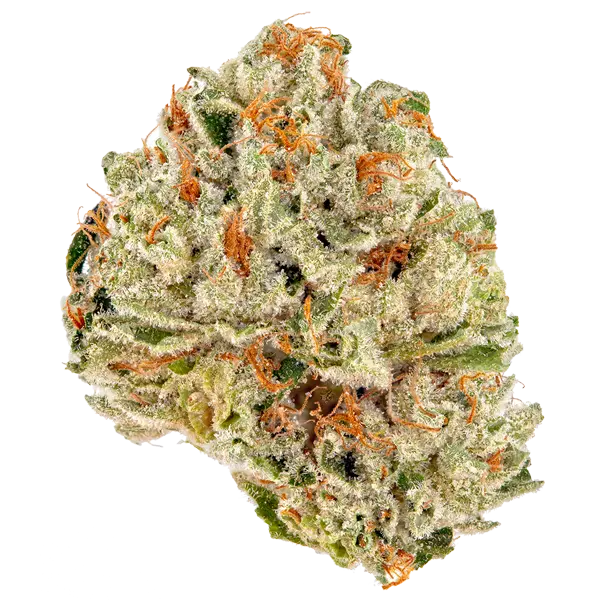
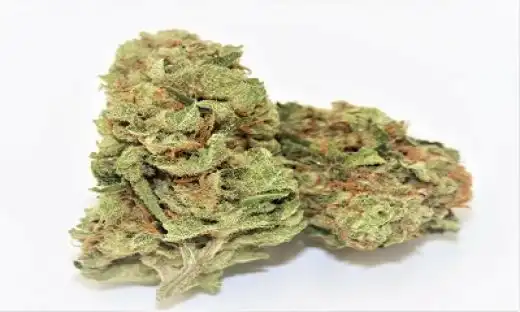

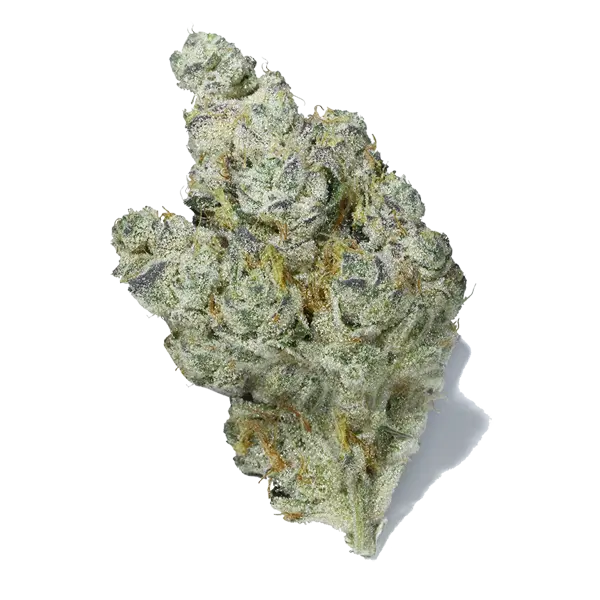

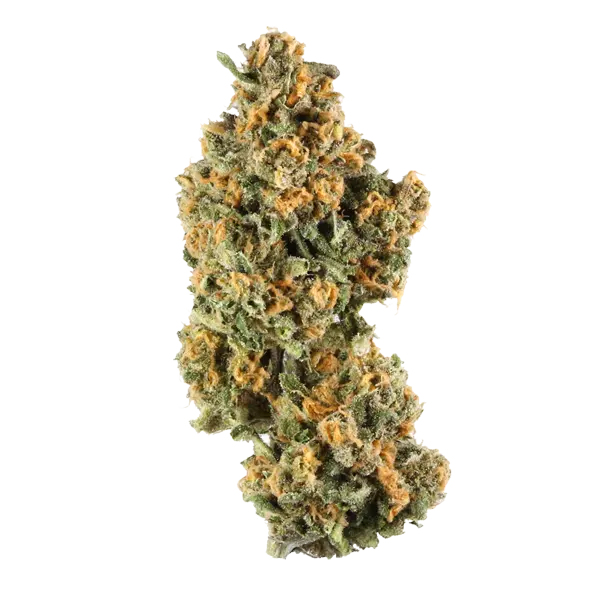



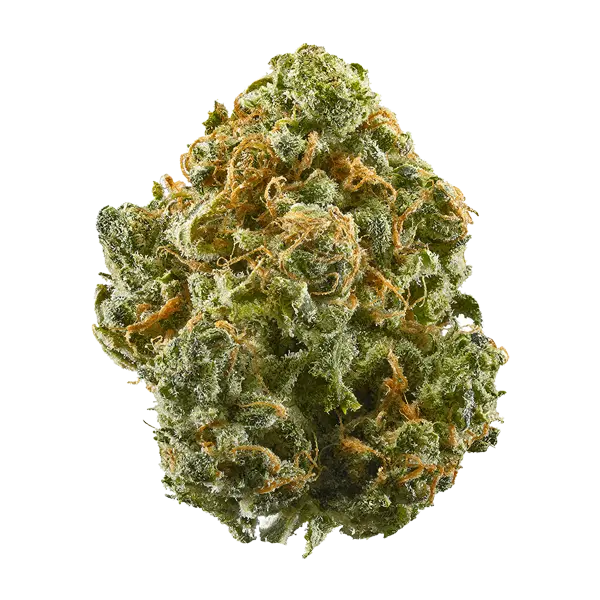


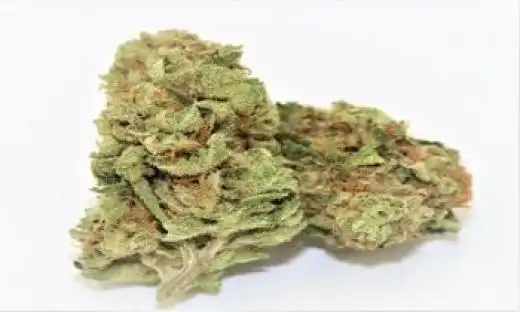
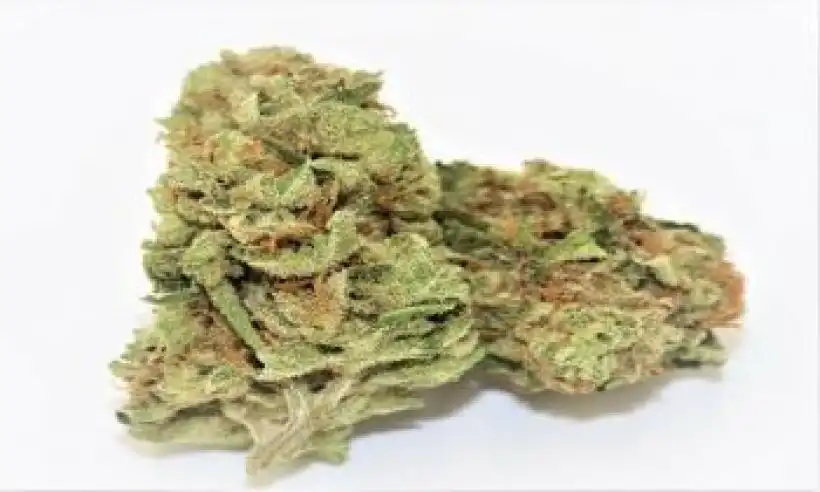



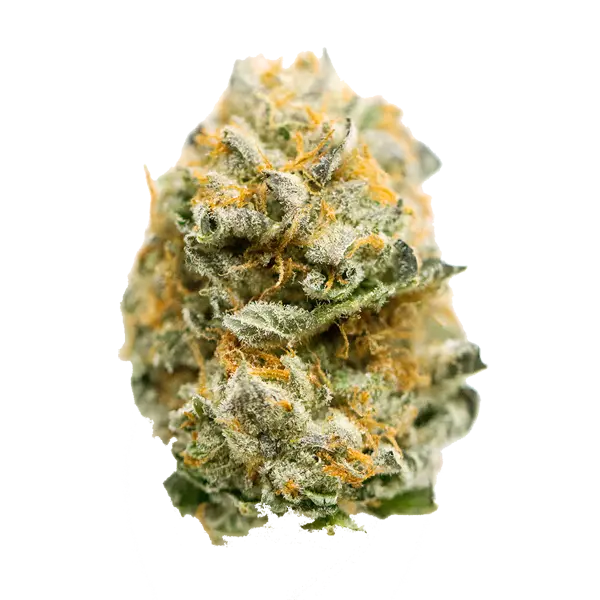

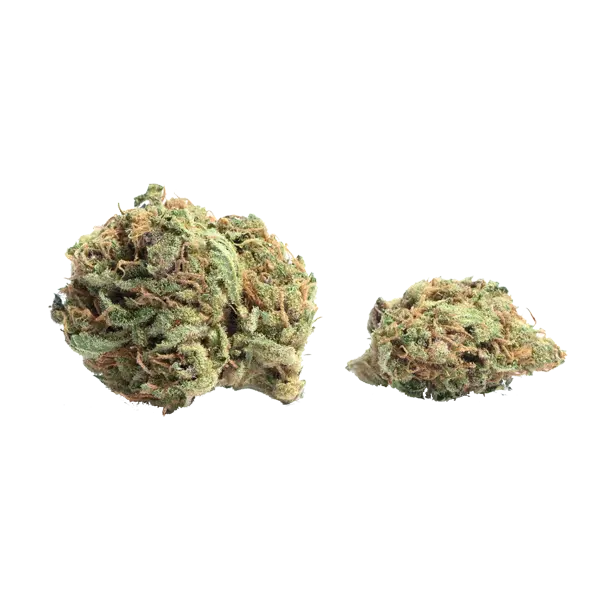
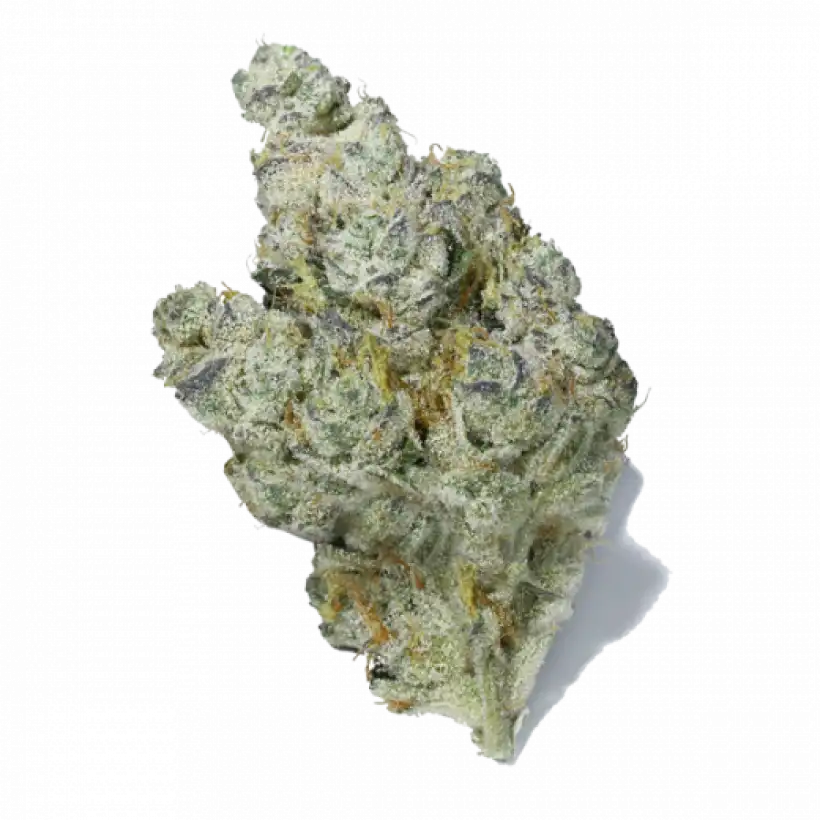




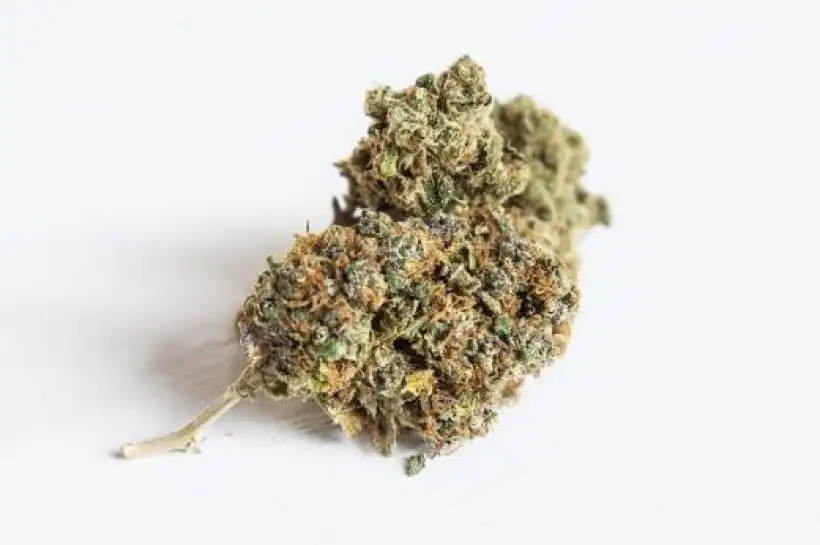

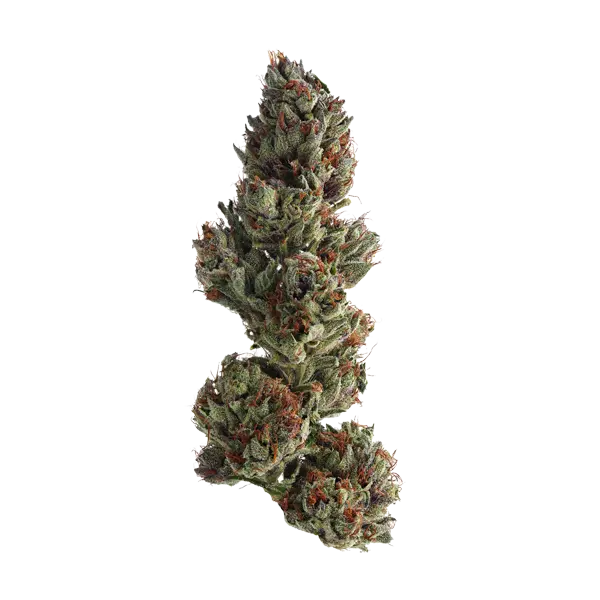
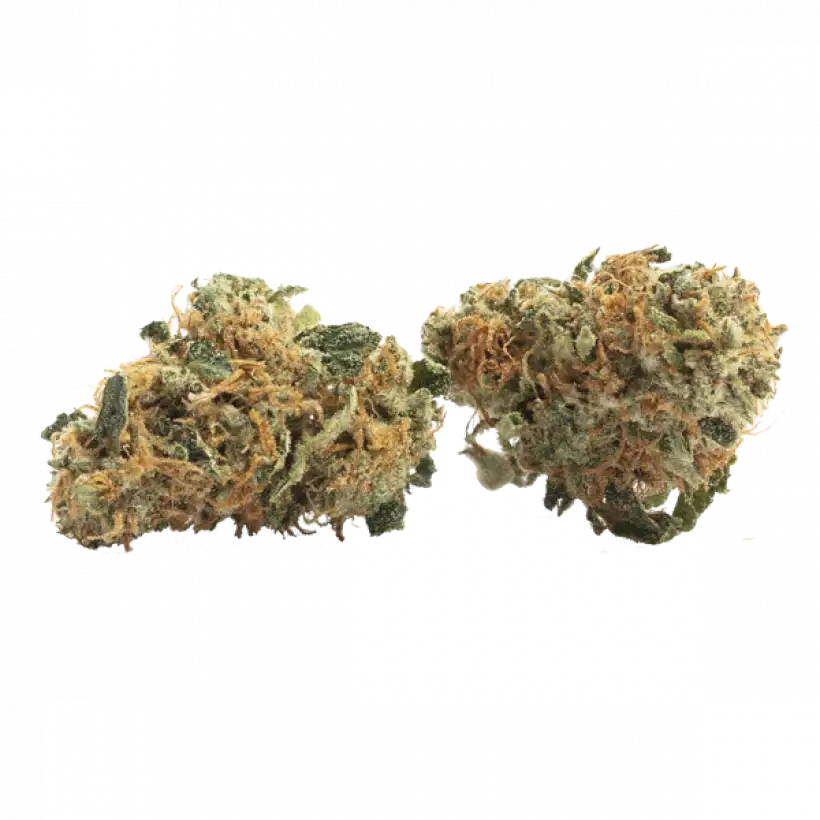

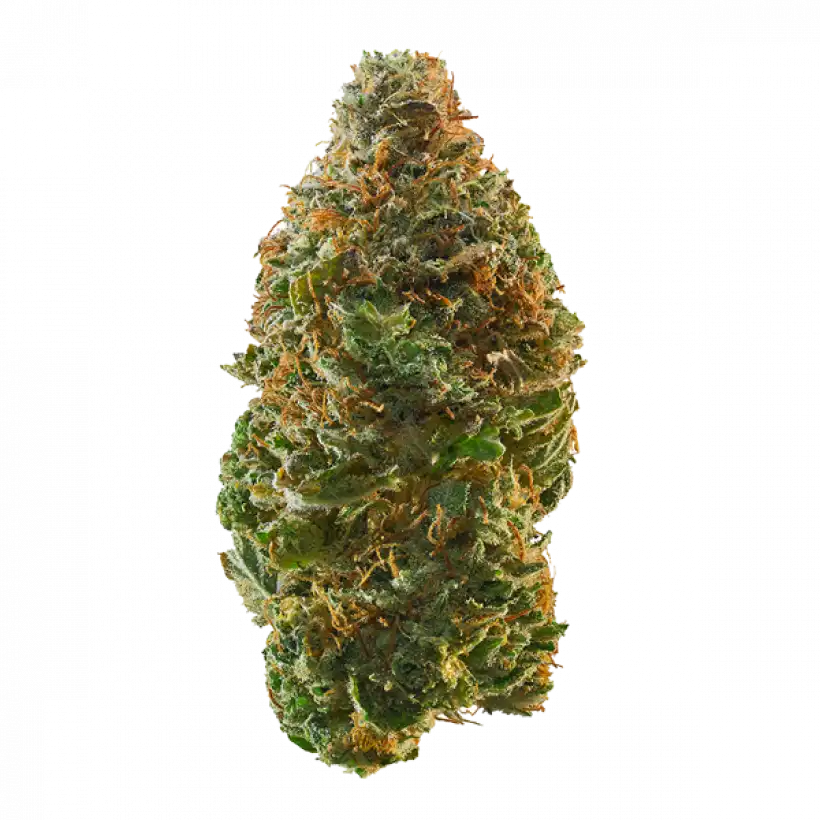
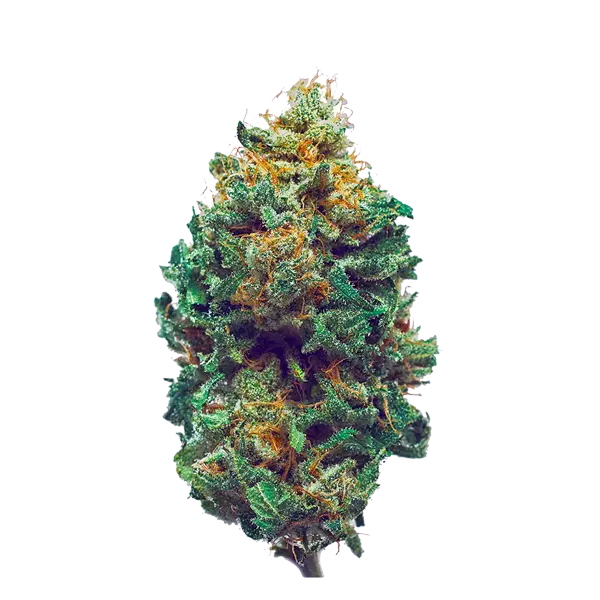
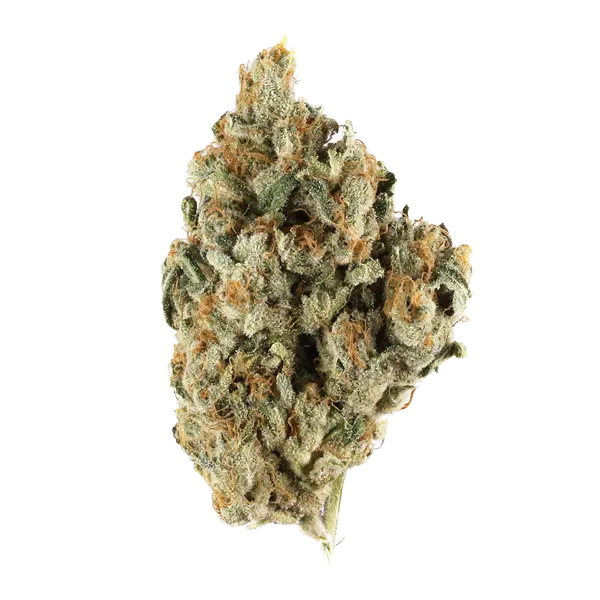

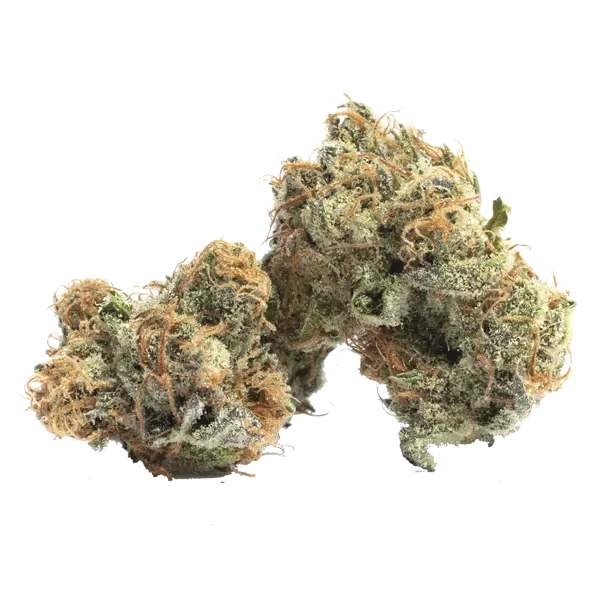

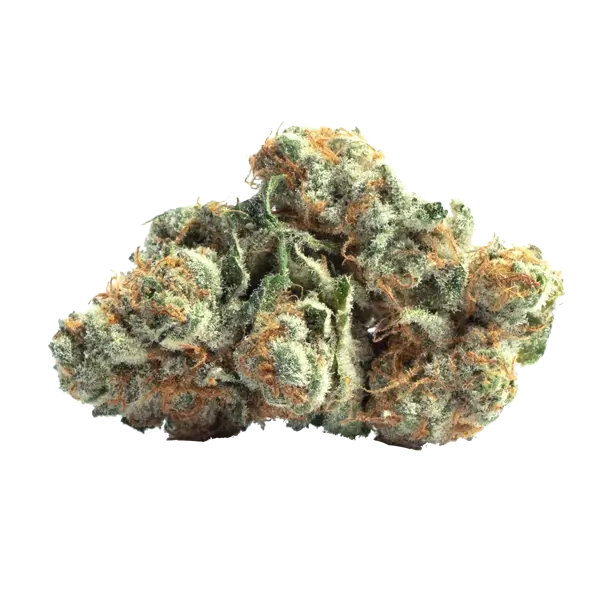
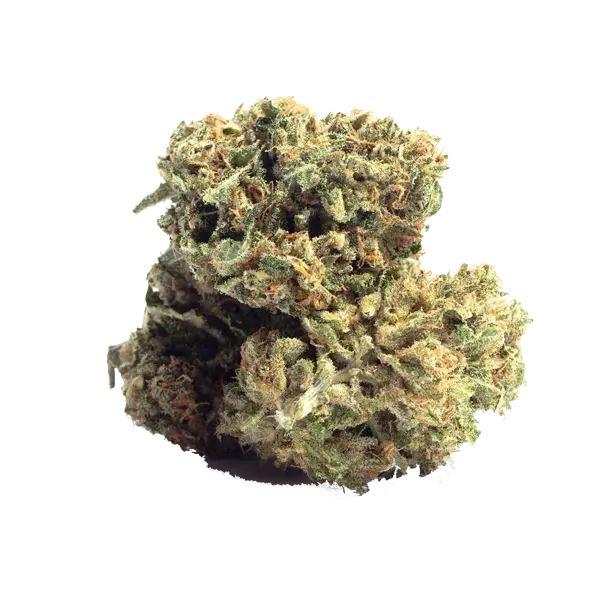
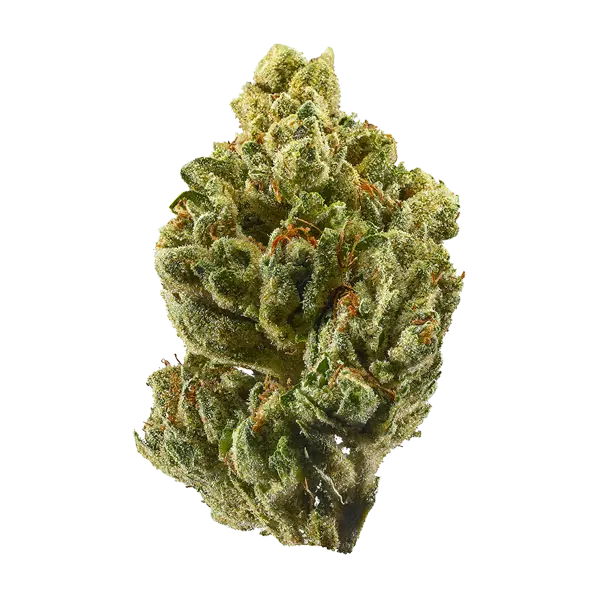


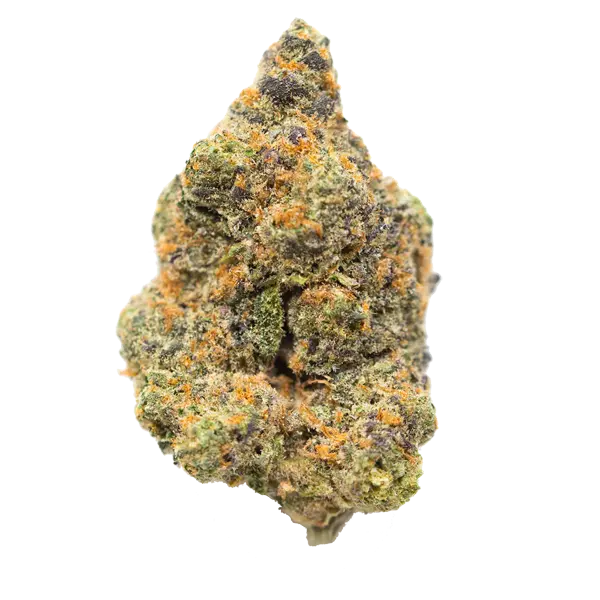
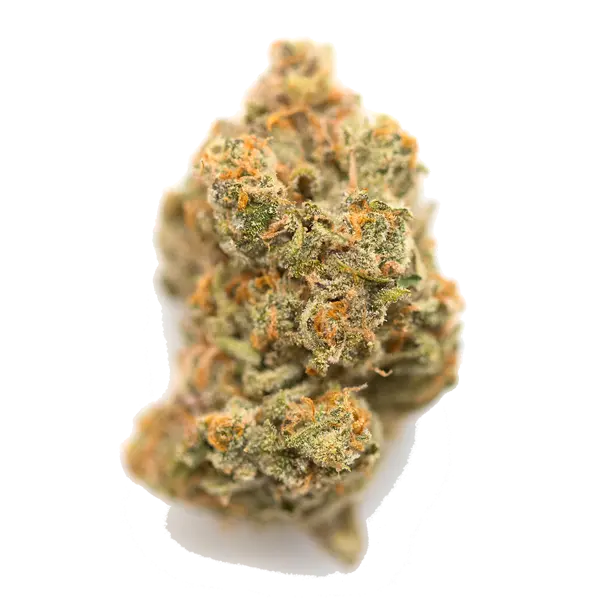
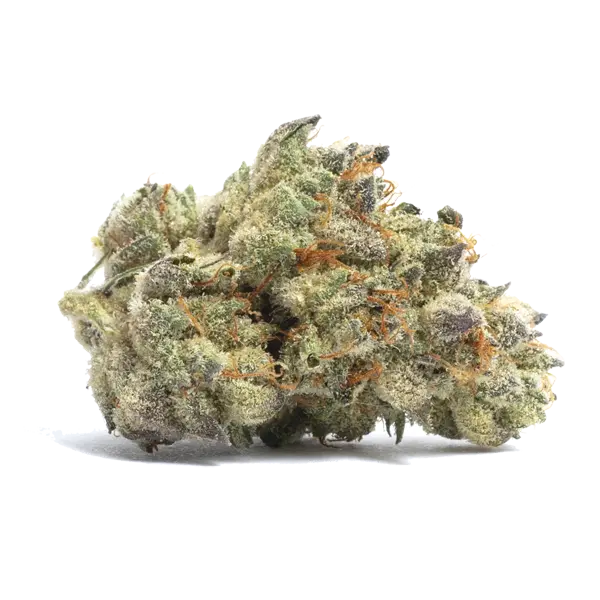
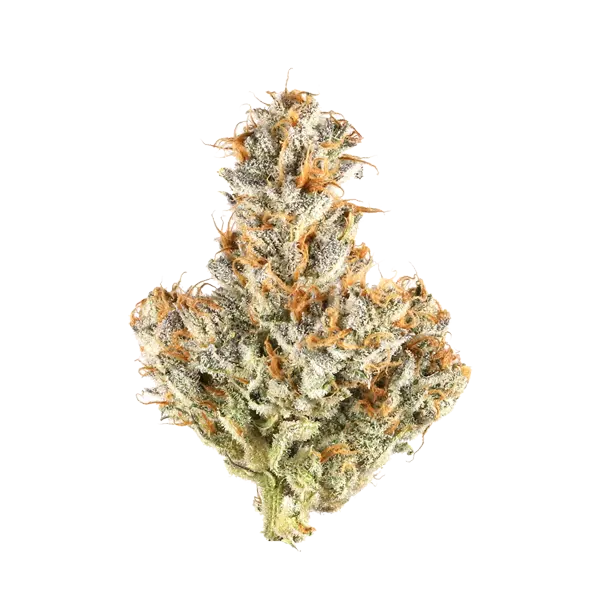
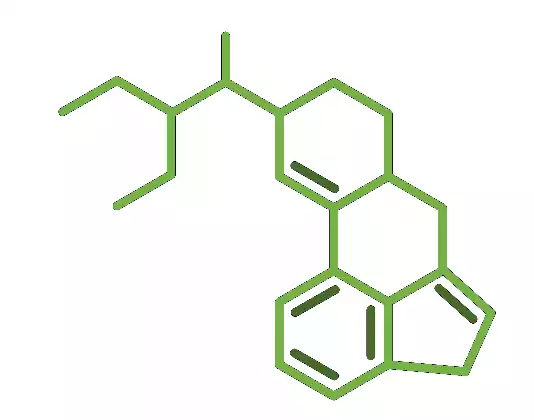



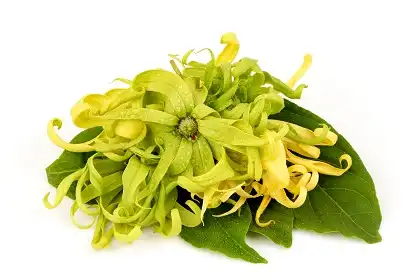














 Common Misconceptions about Autoflowering Variants of Cannabis
Common Misconceptions about Autoflowering Variants of Cannabis Seeds or cuttings: Which is better for growing cannabis?
Seeds or cuttings: Which is better for growing cannabis?








